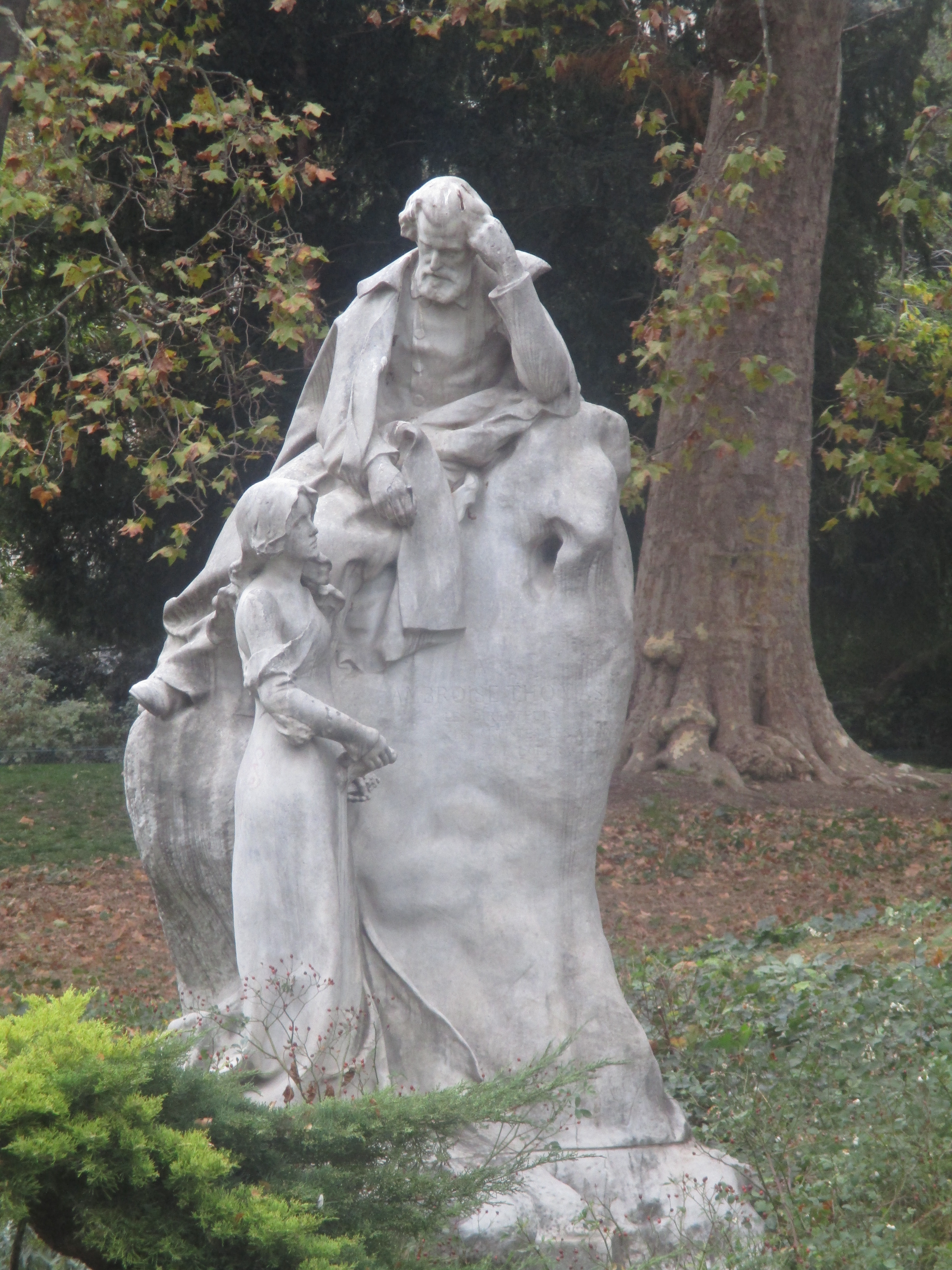1. Life
Ambroise Thomas's life was deeply rooted in music from his earliest years, leading him through a distinguished education to a celebrated career as a composer and influential educator.
1.1. Early Life
Thomas was born in Metz, France, on 5 August 1811, the youngest of four children. His birthplace still stands today in Metz. His parents, Martin Thomas (1770-1823) and Jeanne Willaume (1780-1866), were both music teachers, establishing a strong musical foundation for their children. From a young age, Thomas displayed remarkable talent, becoming an experienced pianist and violinist by the age of ten. In 1823, when he was twelve, his father passed away. Following this, his elder brother, Charles, moved to Paris to play the cello in the Paris Opéra orchestra. In 1828, at the age of seventeen, Ambroise joined his brother in Paris, where he embarked on his formal musical education.
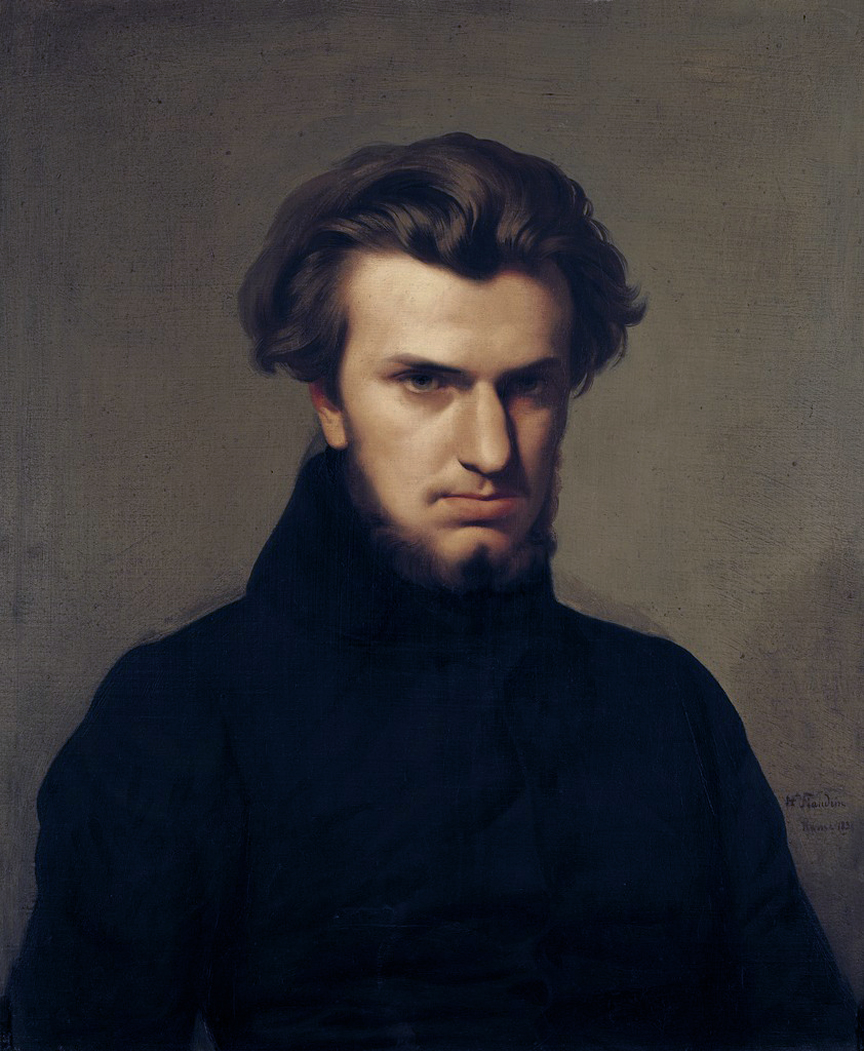
1.2. Education and Early Career
Upon arriving in Paris, Thomas was admitted to the prestigious Conservatoire de Paris. He studied piano under Pierre-Joseph-Guillaume Zimmerman and harmony and counterpoint with Victor Dourlen, earning premiers prix in these subjects in 1829 and 1830. He furthered his piano studies with Friedrich Kalkbrenner and composition with Jean-François Le Sueur and Auguste Barbereau.
In 1832, on his second attempt, Thomas won France's most prestigious music award, the Prix de Rome, with his cantata Hermann et Ketty. This esteemed prize granted him three years of study at the Villa Medici, the seat of the French Academy in Rome. During his time in Rome, Thomas formed a close friendship with the painter Jean-Auguste-Dominique Ingres, who was the head of the academy. They shared a mutual admiration for the works of both Mozart and Beethoven. Thomas also met Hector Berlioz, who offered encouragement and wrote favorably about his early work. While in Italy, Thomas composed several chamber music pieces, including a piano trio, a string quintet, and a string quartet, as well as a set of six songs titled Souvenirs d'Italie. After his period in Rome, Thomas briefly stayed in Germany before returning to Paris in 1835, where he began his career as a composer for the stage.
2. Composing Career
Ambroise Thomas's composing career spanned several decades, marked by a prolific output of operas that achieved considerable success, particularly his two most famous works, Mignon and Hamlet.
2.1. Early Operas
Thomas's first opera, La double échelle (The Double Ladder), a one-act comedy, premiered in 1837 at the Opéra-Comique. It was highly praised by Hector Berlioz for its "extreme vivacity and wit" and enjoyed significant success, receiving 247 performances in Paris. Its popularity extended internationally, with productions staged in Brussels, New Orleans, Berlin, Vienna, and London in the years that followed.
His first full-length opera, Le perruquier de la Régence (The Regency Wigmaker), premiered in 1838. Over the next decade, he composed six more operas, though none of them left a lasting impression on the repertoire. During this period, he also composed the ballet La Gipsy in 1839. Thomas achieved his first major success with a three-act opera in 1849, Le caïd (The Qaid). This work, described as a blend of Rossini's Il barbiere di Siviglia and L'italiana in Algeri, remained a staple in the French operatic repertoire throughout the 19th century, accumulating over 400 performances in fifty years.
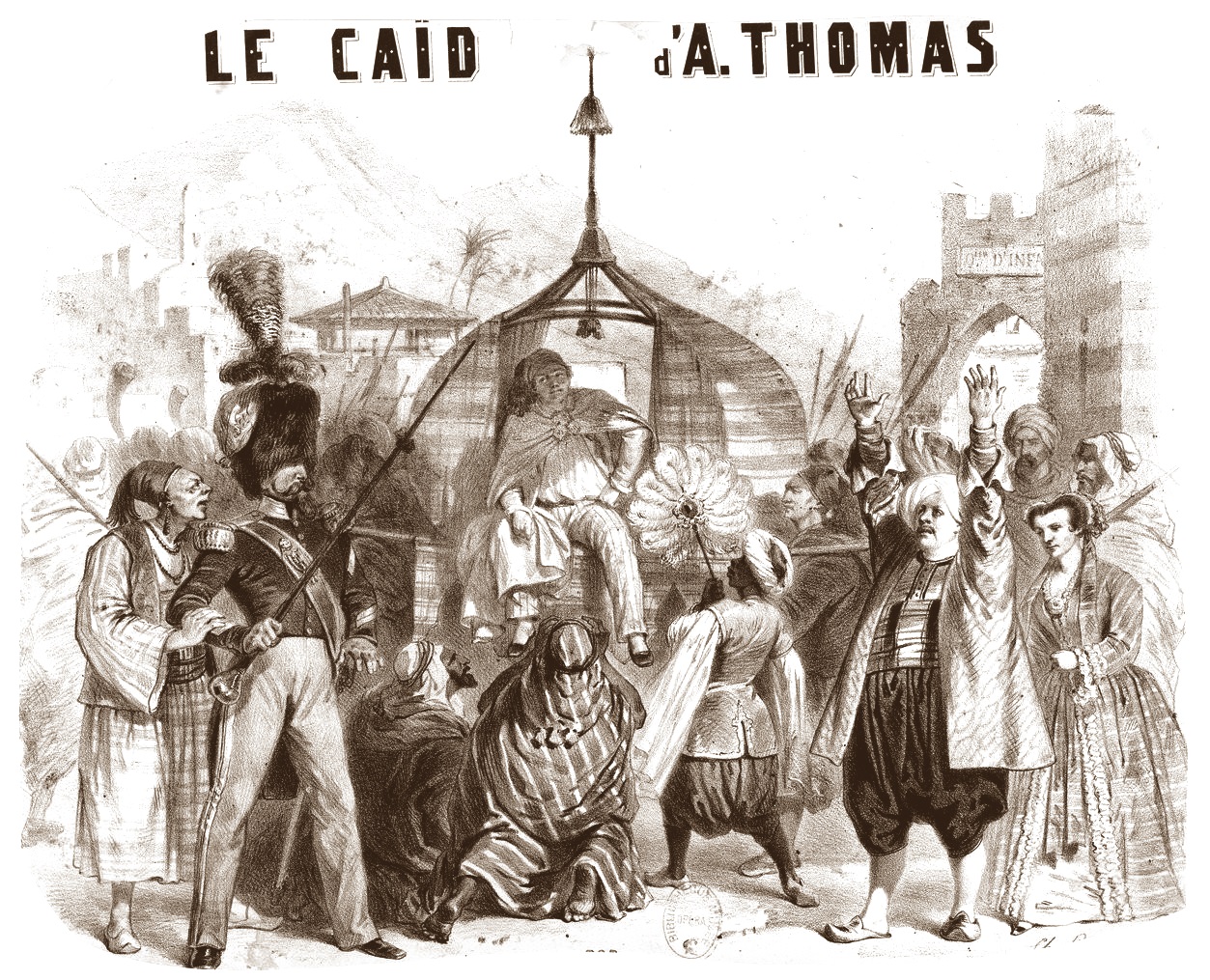
Thomas's subsequent work for the Opéra-Comique, Le songe d'une nuit d'été (The Summer Night's Dream), premiered in 1850 and also proved to be a popular success. The libretto, by Joseph-Bernard Rosier and Adolphe de Leuven, took liberties with Shakespeare's original play, featuring Shakespeare himself as a character, alongside Queen Elizabeth I and Sir John Falstaff, the governor of "Richemont." The opera's premiere in Paris was followed by numerous productions across Europe and America. Described as "a little masterpiece" by The Musical Times, the work was frequently revived during Thomas's lifetime but eventually fell out of the regular repertoire after his death. Later in 1850, Thomas's opera Raymond premiered. While the opera itself did not endure, its overture became a popular orchestral showpiece. In 1851, following the death of composer Gaspare Spontini, Thomas was elected to succeed him as a member of the Académie des Beaux-Arts.
2.2. Major Operatic Successes
During the 1850s, Thomas continued to compose, producing five operas, none of which achieved significant impact. After a period of reduced operatic output in the early 1860s, he composed Mignon, which premiered in 1866. This work became his most widely known and enduring opera. The libretto, by Jules Barbier and Michel Carré, was based on Goethe's novel Wilhelm Meisters Lehrjahre. Unusually for the time, Thomas benefited from a well-crafted and theatrically effective libretto. Although the character of Mignon dies in Goethe's novel, the opera featured a happy ending, which was then a compulsory convention at the Opéra-Comique. The original cast included Célestine Galli-Marié in the title role, a celebrated singer who later created the role of Carmen in Bizet's opera.
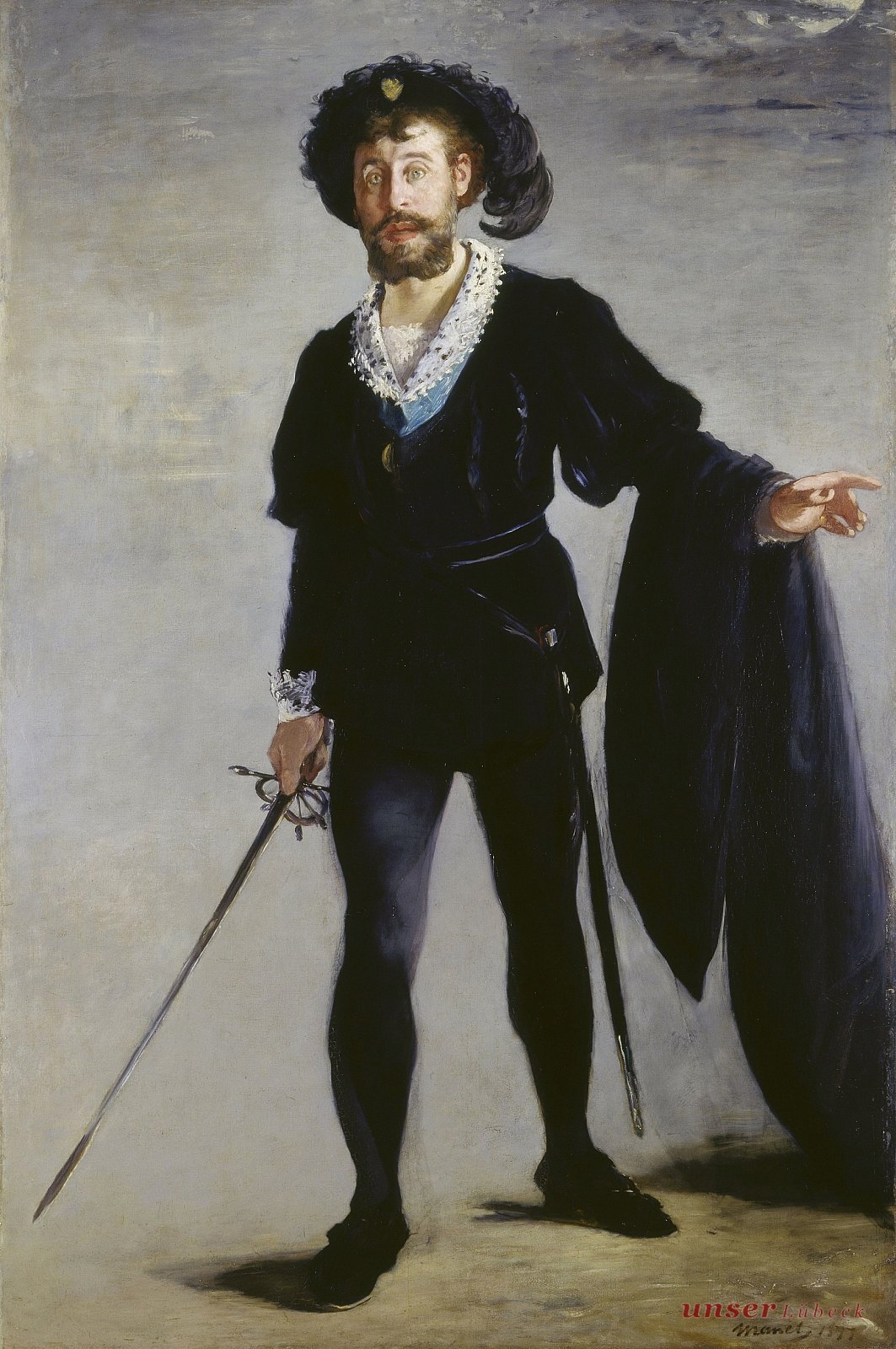
Thomas was equally fortunate with the cast for his next major success, Hamlet, which premiered in 1868. It starred Jean-Baptiste Faure as Hamlet and Christine Nilsson as Ophelia. The opera was loosely based on Shakespeare's play, adapted through a French version by Alexandre Dumas, père and Paul Meurice, further adapted into a libretto by Carré and Barbier. Despite being criticized by some as a distortion of Shakespeare's original, particularly with the inclusion of a ballet-divertissement (obligatory in French grand opera) and a happy ending where Hamlet is acclaimed as king, the work achieved considerable success not only in Paris but also in London. English-speaking critics often disparaged the libretto, but the opera has remained an occasional part of the operatic repertoire. Notable singers who performed in Hamlet include Emma Calvé, Emma Albani, Nellie Melba, and Mary Garden as Ophelia, and Victor Maurel, Titta Ruffo, Mattia Battistini, Sherrill Milnes, Thomas Allen, and Thomas Hampson as Hamlet. Although Thomas had already gained a reputation for musical conservatism, the score of Hamlet was innovative for its time, notably incorporating saxophones into the instrumentation.
2.3. Later Operas
In Thomas's later life, his academic responsibilities increasingly overshadowed his activities as a composer. After the success of Hamlet, he composed only one more opera, Françoise de Rimini, which premiered in 1882. While it was well received, it did not secure a permanent place in the regular operatic repertoire. In 1889, the Paris Opéra staged Thomas's ballet La tempête, another adaptation of Shakespeare's The Tempest, but it made little lasting impression.
3. Academic Career and Directorship
Ambroise Thomas held significant and influential roles at the Conservatoire de Paris, first as a professor and then as its director, where he left a lasting, albeit sometimes controversial, mark on musical education.
3.1. Professor at the Conservatoire
In 1856, Thomas was appointed professor of composition at the Conservatoire de Paris, serving under the directorship of Daniel Auber. He remained on the staff, first as a professor and subsequently as director, until his death four decades later. During his tenure as professor, Thomas mentored numerous students who went on to become prominent figures in music. His notable students included the composers Jules Massenet, Gaston Serpette, and, late in Thomas's career, George Enescu. Future academics such as Théodore Dubois and Charles Lenepveu also studied under him. Conductors who were Thomas's students included Edouard Colonne and Désiré-Émile Inghelbrecht. Other pupils mentioned in Grove's Dictionary of Music and Musicians include Louis-Albert Bourgault-Ducoudray, Charles-Alexis Chauvet, Louis Diémer, Octave Fouque, Albert Lavignac, Charles-Édouard Lefebvre, Isidore Legouix, Izydor Lotto, Olivier Métra, and Johan Peter Selmer. The pianist and teacher Raoul Pugno, the pianist and composer Francis Thomé, and the zarzuela composer and conductor Gerónimo Giménez were also among his students.
3.2. Director of the Conservatoire
At the outbreak of the Franco-Prussian War in 1870, Thomas, despite being nearly sixty years old, volunteered to serve in the Garde Nationale. The following year, Daniel Auber resigned as director of the Conservatoire shortly before his death, and Thomas was appointed his successor in 1871. His appointment was widely anticipated, with the Minister of Education, Jules Simon, noting that Thomas was so clearly suited for the role that not nominating him would be akin to dismissing him from a position already his.
As director, Thomas presided over an intransigently conservative regime. He championed the music of Auber, Fromental Halévy, and especially Giacomo Meyerbeer as the correct models for students. Conversely, early French music by composers such as Jean-Philippe Rameau and modern music, including that of Richard Wagner, were rigorously excluded from the curriculum. Thomas actively sought to prevent progressive musicians from being appointed to the Conservatoire faculty. While he was unsuccessful in the case of César Franck, who was appointed against Thomas's wishes in 1872, he successfully delayed the appointment of Gabriel Fauré to the Conservatoire until after Thomas's death.
Despite his musical conservatism, Thomas was innovative in the administrative management of the Conservatoire. He increased the number of classes, improved the working conditions for the faculty, and expanded the curriculum to include subjects like solfège, sight-reading, and compulsory orchestral practice. The faculty under Thomas's directorship included, at various times, composers such as Franck, Théodore Dubois, Jules Massenet, and Ernest Guiraud, as well as renowned singers like Pauline Viardot and Romain Bussine. In 1894, after the 1,000th performance of Mignon at the Opéra-Comique, Thomas was publicly embraced on stage by Giuseppe Verdi, who was two years his junior. Subsequently, President Carnot decorated Thomas with the ribbon of the Grand-Croix de la Légion d'honneur, making him the first composer to receive this highest distinction.
4. Musical Style and Evaluation
Ambroise Thomas's musical style was characterized by its eclecticism and his skill in dramatic interpretation and orchestration, though critical reception varied, often noting a certain conservatism in his approach.
4.1. Musical Style and Influences
The composer Emmanuel Chabrier famously quipped, "There is good music, there is bad music, and then there is Ambroise Thomas." The exact meaning of this statement remains open to interpretation, but it highlights the unique and sometimes ambiguous position Thomas held in the musical landscape.
A contemporary assessment from the first edition of Grove's Dictionary of Music and Musicians (1889) by Gustave Chouquet praised Thomas's "inborn instinct for the stage, and a remarkable gift of interpreting dramatic situations of the most varied and opposite kinds." Chouquet also lauded his "consummate" skill in handling the orchestra, noting his ability to group instruments for new sound effects without overpowering the voices. He suggested that with "a little more boldness and individuality of melody," Thomas would rank among the leaders of the modern school, but nonetheless acknowledged his "purity and diversity of his style" as making him a "first-rate dramatic composer."
In a later assessment from the 2001 edition of Grove, musicologist Richard Langham Smith described Thomas as "a figure of considerable importance" in late 19th-century French opera, recognizing him as "an imaginative innovator and a master of musical characterization."
Thomas was an eclectic composer, capable of writing in a wide range of styles. Early influences on his work included composers like Ferdinand Hérold and Daniel Auber. His opera Le caïd is considered one of his first truly original works, though it still clearly shows the influence of Gioachino Rossini. In some later works, Thomas's music could still be derivative; for instance, Psyché (1857) was seen as an "inferior copy" of Charles Gounod's Sapho, and his Le carnaval de Venise (also 1857) imitated Victor Massé. Despite these criticisms, at his best, Thomas composed delightful and individual music, demonstrating an orchestration that was "often quite ravishing," and effectively conveying the character of important roles through his music. It has been suggested that if he had composed only Mignon and Hamlet, he would be more widely recognized as one of the most influential and important 19th-century French operatic composers.
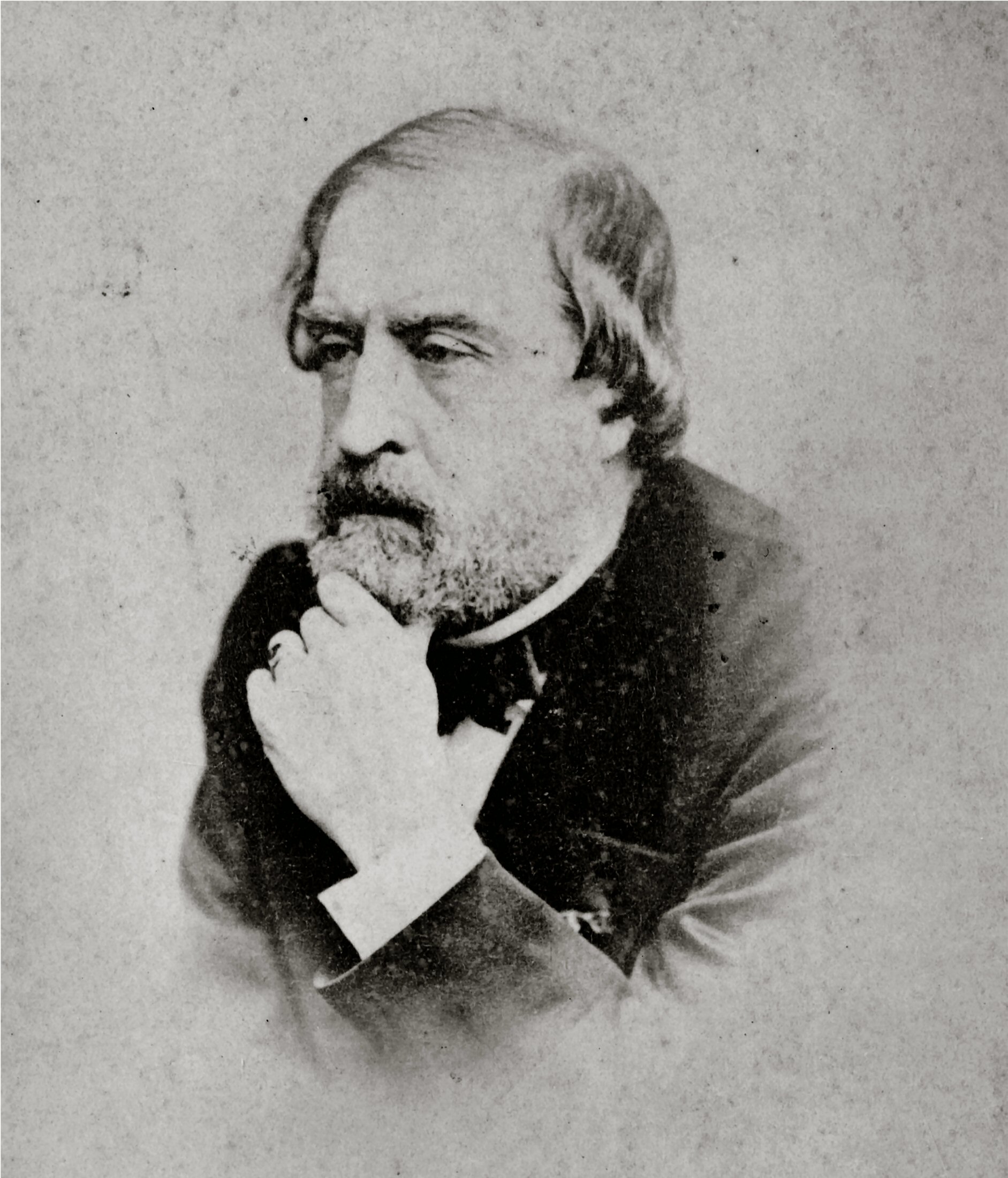
4.2. Critical Reception and Revival
Ambroise Thomas's operas generally fell into neglect for most of the 20th century. However, in more recent decades, his works have experienced a notable revival. Major productions of Mignon and Hamlet have been staged in France, Britain, and the United States, indicating a renewed appreciation for his contributions to opera.
5. Compositions
Ambroise Thomas was a prolific composer across various genres, though he is best known for his operas.
5.1. Operas
- La double échelle (1837)
- Le perruquier de la Régence (1838)
- Le comte de Carmagnola (1841)
- Le caïd (1849)
- Le songe d'une nuit d'été (1850)
- Raymond (1851)
- La cour de Célimène (1855)
- Psyché (1857)
- Le carnaval de Venise (1857)
- Le roman d'Elvire (1860)
- Mignon (1866)
- Hamlet (1868)
- Gille et Gillotin (1874)
- Françoise de Rimini (1882)
5.2. Non-operatic Vocal: Secular
- "Hermann et Ketty", cantata (1832)
- "Silvio Pellico" (1831, lost)
- "Nel iginia d'Asti", scena e aria (1834)
- "Nel Foscarini", 2 voices, orchestra (1834)
- "Duos Italiens-Téresa", 2 voices, orchestra (1834)
- "Storia di Colombo", scena e duetto, voices, orchestra (1834)
- "Maria e Leicester", 2 voices, piano (1834)
- "Della Pia", scena e romanza (1834)
- "La charité du couvent", cantata (1843)
- "Hommage à Lesueur", cantata (1852)
- "Scènes chorales" for mixed voices (1853)
- "L'harmonie des peuples" (c. 1855)
- "Choeur des gardes-chasses" (c. 1857)
- "Le chant des amis" (1858)
- "Salut aux chanteurs de la France" (1859)
- "France" (1860)
- "Le forgeron" (1861)
- "Le Tyrol" (1862)
- "Les archers de Bouvines" (1863)
- "Les traîneaux" (1864)
- "Le carnaval de Rome" (1864)
- "Le temple de la paix" (1867)
- "Paris!", Vaudin (1867)
- "La nuit du sabbat" (1869)
- "Hommage à Boieldieu", cantata (1875)
- "L'Atlantique", undated
- "Chant patriotique", undated
- "Via, via!", canzone veneziano, 4 voices, piano, undated
5.3. Non-operatic Vocal: Sacred
- "Messe de Requiem", chorus, orchestra (1833)
- "Ave verum", after Mozart, arr. Thomas (c. 1835)
- "O salutaris", motet, SAA, organ (1836)
- "Sub tuum praesidium", motet, SSA, organ (1836)
- "Veni sponsa Christi", motet, TTBB, organ (1836)
- "Messe solennelle", solo voices, chorus, orchestra (1852)
- "Pie Jesu", tenor, organ (1864, 1896)
- "Beati mortui", voice, organ, undated
- "Agnus Dei", 3 voices, organ (c. 1895)
- "Messe de l'Orphéon", TTBB, Credo only; collaboration with Adolphe Adam and Fromental Halévy, undated
- "Ave Maria", SAT, organ, undated
- "Agnus Dei", 3 voices, organ, undated
5.4. Songs
(For solo voice and piano, except where otherwise stated)
- "Souvenirs d'Italie": 6 romances italiennes et venitiennes (1835)
- "Adieu les beaux jours" (c. 1835)
- "Doux abri" (c. 1835)
- "La Patrie" (c. 1835)
- "Romance sur les paroles anglaises" (c. 1835)
- "Romance sur les paroles allemandes" (c. 1835)
- "C'est vous" (1840)
- "La vierge Marie" (c. 1840)
- "Viens" (c. 1840)
- "Ah sur ma parole" (1842)
- "La charité du couvent" (1843)
- "Belle folle espagnole" (1844)
- "Ange et mortel" (c. 1855)
- "Sérénade" (c. 1861)
- "Le petit chou" (c. 1861)
- "Ah sur ma parole" (c. 1862)
- "Le soir" (1869)
- "Le berger de la Reuss" (c. 1870)
- "Fleur de neige" (1880)
- "Croyance", 2 voices (1885)
- "Passiflore" (1887)
- "Chanson de Margyane" (1896)
- "Baissez les yeux" (1897)
- "Souvenir" (1900)
- "L'amiable printemps" (1900)
- "Ainsi va le monde" (1903)
- "Belle, ayez pitie", undated
- "C'est le bonheur", undated
- "La folle d'Yarmouth", undated
- "L'aimable printemps", undated
5.5. Orchestral Works
- Overture (1832, lost)
- "Fantaisie brillante", piano, orchestra/string quartet, undated, arranged for piano (c. 1836)
- "Marche religieuse" (1865)
- "Chant du psaume laudate", violin, orchestra (1883)
- Arrangement of "La marseillaise" for military band (1887)
5.6. Ballets
- La gipsy - 2nd act of 3-act ballet (1839)
- Betty - 2 acts (1846)
- La tempête, ballet fantastique, 3 acts (1889)
5.7. Chamber Music
- String Quartet, Op. 1 (1833)
- Piano Trio, Op. 3 (c. 1835)
- String Quintet, Op. 7 (c. 1839)
- Romance, violin, piano (c. 1835)
- "Morceau" [de concours], trombone, piano (1848)
- "Morceau" [de concours], violin, cello (1850)
- "Souvenir", piano, violin/viola, undated
- "Barcarolle", flute/violin, piano, undated
5.8. Piano Solo
- "6 caprices en forme de valses caractéristiques", Op. 4 (1835)
- "L'absence", nocturne", Op. 8 (c. 1835)
- "Andantino" (c. 1835)
- "Mazurka valaque" (c. 1835)
- "Fantaisie sur un air favori écossais", Op. 5 (1836)
- "Valse de salon" (1851)
- "Cantabile" (1865)
- "La dérobée", fantaisie sur un air breton (1888)
- "Rêverie", undated
- "Printemps", undated
- Polka in G minor (c. 1846)
5.9. Organ Solo
- "Absoute" (1857)
- "Offertoire" (1858)
- "Prière" (1859)
- 3 préludes (1860)
- "Elevazione", undated
- "Dirge", undated
- 10 pastorales, undated
6. Personal Life
Ambroise Thomas married Elvire Remaury (1827-1910) in 1878. She survived him.
7. Death
Ambroise Thomas died on 12 February 1896, at the age of 84, in his flat at the Conservatoire in Paris. The cause of death was congestion of the lungs. He was succeeded as director of the Conservatoire by Théodore Dubois.
8. Legacy and Influence
Ambroise Thomas left a significant legacy in French music, both through his popular operatic compositions and his long tenure as a leading figure in musical education.
8.1. Influence on Later Composers and Music
Thomas was a figure of considerable importance in 19th-century French opera, achieving a level of success during his lifetime that rivaled even that of Giuseppe Verdi. His best music is characterized by its concise and beautiful melodies, coupled with effective character depiction. He earned the praise of esteemed contemporaries such as Hector Berlioz, Charles Gounod, Georges Bizet, and Jules Massenet.
As director of the Conservatoire, Thomas devoted considerable effort to reform and raising educational standards. He increased the number of classes, improved faculty conditions, and expanded the curriculum to include fundamental subjects like solfège, sight-reading, and mandatory orchestral practice. However, his administrative approach was notably conservative, and he maintained a general disinclination towards the emerging generation of composers and modern musical trends. This conservative stance led to his efforts to prevent progressive musicians from joining the Conservatoire's faculty, though he was not always successful, as seen with César Franck's appointment. Despite this, his pedagogical methods and administrative reforms contributed to the overall development of French musical culture and influenced subsequent generations of musicians who passed through the Conservatoire.
